Since 2010, Water Canada has hosted the Water’s Next Awards to help strengthen and celebrate this national community of water leaders, champions, and innovators. We celebrate these accomplishments as a way of honouring the hard work of water sector professionals that all too often goes unrecognized by the general public. Clean drinking water, healthy rivers, safe wastewater discharge, and tools to help communities understand water are precious gifts to society. Our hope is that these stories will inspire the next generation of water leaders and innovators.
Thank you to the nominees, finalists, and winners for what you bring to the sector, for your vision, and persistence to protect our most precious resource: We proudly celebrate you in these pages.
Nominate a person, project, or tech for the 2023 Water Canada Awards now!
PEOPLE
Young Professional: Gregary Ford

Gregary Ford is the director of water programs at Swim Drink Fish Canada and the executive director at Niagara Coastal Community Collaborative—not a bad resume considering he has yet to turn 30!
A self-proclaimed data nerd, Ford actively tries to incorporate new technology wherever possible to better understand how to improve and manage the lakes. Not only did he lead an effort with Niagara College students to carry out high resolution drone surveys to support shoreline management, he also helped to design and implement VAST (visual assessment survey tool), crowdsource to fill essential data gaps and engage the public, and conduct an assessment of the status of Open Data in the Great Lakes in support of the Gordon Foundations Great Lakes Data Stream.
In addition to his commitment to utilizing new technologies, Ford uses innovative approaches to solving complex societal issues affecting the Great Lakes. From working with Niagara College, leading and inspiring the next generation of water warriors, to his work with Swim Drink Fish as the coordinator of the recreational beach water quality community monitoring hubs, where he successfully created six self-sustaining hubs across the basin, his commitment to water has left lasting ripples. Ford has also conducted several restoration plantings along the Niagara coast as well as established a crowd-sourcing citizen science program to assess beach health using cell phones.
Non-government Leader: Lindsay Day
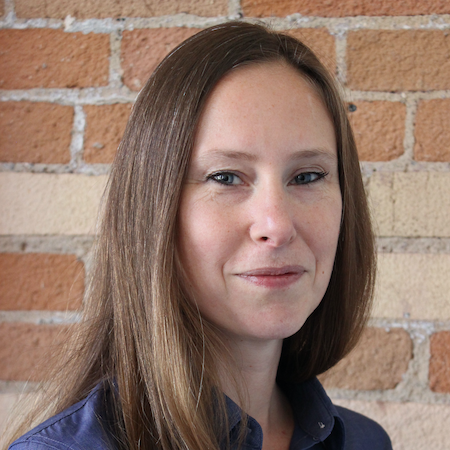
As an avid kayaker who monitors her local lake, Lindsay Day intimately understands the water monitoring community. In her role as DataStream Program Manager with the Gordon Foundation, Day has played a leading role in building communities of water champions across DataStream’s four hubs. Through cross-country collaboration with water monitors and leading the development of engaging communications tools, Day has led efforts to make DataStream accessible and informative. Her work increases the availability of open access water data, which can then be used to guide decision making.
Lindsay’s storytelling skills have been put to use curating materials that overcome barriers to data sharing. She has also written engaging pieces showcasing community-based water monitoring to overcome the barriers of data sharing, and has led the development of the innovative Monitor’s Guide to Water Quality, which is in high demand among water monitors.
She also helped to bring together stakeholders from across the Great Lakes and Saint Lawrence region ahead of the release of Great Lakes DataStream. 39 groups have now contributed over seven million data points, sharing data that would otherwise not be available.
Water/Wastewater Operator: Ian Mcilwham
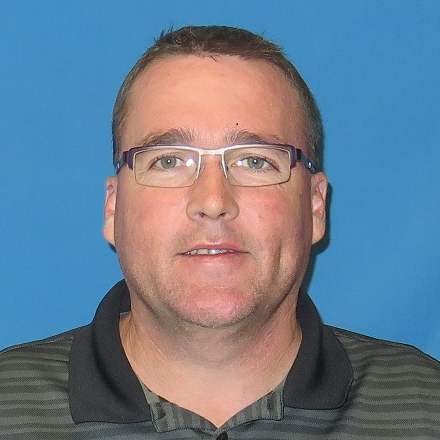
Ian Mcilwham is a Class IV Wastewater Operator who has worked in the water/wastewater sector for 30 years and is the Compliance Manager for Durham Region. He is also the current Chair for Canada’s National Critical Infrastructure Working Group and the Canadian Mirror Committee Chair for ISO TC 224, which developed the International Standard on Crisis Management of Water Utilities (ISO 24518).
Mcilwham has been instrumental in developing Public Works emergency and continuity programs and in leading the response to COVID-19 for Durham Region water and wastewater since 2020.
As current chair of the Security and Emergency Management Committee for the Canadian Water and Wastewater Association (CWWA), which cooperates with Public Safety Canada and other federal departments concerned with emergency preparedness and national security to actively contribute to the knowledge base and federal programs related to critical infrastructure, Mcilwham has also co-authored the CWWA’s Pandemic Response Plans.
His passion is working with Operators without Borders and has participated in utility resilience building in Belize and Barbados, training lab staff in Dominica, and developed SOPs for emergency events in Caribbean Water Authorities. Ian’s next great challenge is aiding in re-establishing water and wastewater services as a member of the Water Quality Technical Working Group in Ukraine.
Business Leader: Pat Whalen

CEO of LuminUltra, Pat Whalen is no stranger to Water’s Next Awards—after all, LuminUltra had the double-distinction of wastewater category winner and company of the year in 2021!
Whalen has led a significant scaling up of LuminUltra’s production capabilities and expertise, opening a new state-of-the-art manufacturing facility to continue to focus developing COVID-19 testing solutions in clinical, environmental, and wastewater contexts with made-in-Canada solutions. In addition to the company’s pandemic response, Pat’s focus on remaining at the forefront of proactive microbial testing to stay ahead of problems, rather than reactive issue-based treatment, has saved time and resources for virtually all of LuminUltra’s customers, which span over 100 countries and a variety of industries and sectors.
Whalen has recently joined the advisory board of the University of New Brunswick’s Fulcrum initiative to help provide insight to the university’s Research and Innovation Partnerships program to strengthen the relationship between industry and academia, helping to identify and execute on opportunities that lead economic growth. He has also partnered with the Centre for Water Resources Studies at Dalhousie University, where many graduate students have been inspired to join the company after completing their studies, and is a long-time board member of BioNB, an organization that works with start-ups, established companies, associations, research institutions and governments to advance the bioeconomy in New Brunswick.
Government Leader: Abhay Tadwalkar

Working with the City of Toronto for 35 years, Abhay Tadwalkar, was involved in a number of projects to reduce costs and improve energy efficiencies, including Deep Lake Water Cooling, an innovative public-private partnership project that harnesses the renewable cold energy of the water at the bottom of Lake Ontario to cool commercial buildings in downtown Toronto. He also worked on the City’s Corrosion Control Plan to control lead levels at the tap, and was instrumental in concept, design, and installation of a state-of-the-art pilot plant used for process optimization.
Tadwalkar’s work has left operational impact on the cost and energy efficiency of some of the largest water and wastewater plants in Canada (a total of eight plants) that serve three million residents in Toronto and the Region of York.
A former president of the Ontario Water and Wastewater Association (OWWA), Tadwalkar has also volunteered for many water and wastewater projects in countries like Romania, Honduras, and Colombia.
Academic Leader & Steward of the Year: Dr. Markus Brinkmann

With more than 90 peer-reviewed publications in high-impact factor journals and a slew of awards under his belt, it’s no surprise that Dr. Markus Brinkmann was the double award recipient of this year’s academic leader and steward of the year.
Brinkmann is an Assistant Professor at the University of Saskatchewan School of Environment and Sustainability (SENS), the Global Institute for Water Security (GIWS), and the Toxicology Centre. An aquatic toxicologist by training, his research focuses on contaminants in the water cycle with an emphasis on urban runoff and wastewater and their impacts on aquatic organisms, specifically fish. Although water research can feel siloed, with many experts working within their own disciplinary boundaries, Dr. Brinkmann has been an advocate for breaking down these barriers to work across fields, disseminating and releasing information openly and freely, to help solve pressing water issues.
Prior to the pandemic, Dr. Brinkmann collaborated with the City of Saskatoon to measure pharmaceuticals in its wastewater, taking an ecosystem-focused approach to the assessment of pollutants in municipal water. With the onset of the pandemic in 2020, Dr. Brinkmann and his team pivoted that project to detect SARS-CoV-2, the coronavirus that causes COVID-19. By counting copies of a SARS-CoV-2 RNA sequence to estimate the viral load of the wastewater sample, they developed an early warning detection system that has been employed in many parts of Saskatchewan to help health authorities understand the local dynamics of COVID-19.
Dr. Brinkmann is also making important contributions to both the regulation of industry and the conservation of aquatic wildlife, specifically with regards to the chemical 6PPD-quinone that leaches from rubber tires. Among the first to document effects of this contaminant in Canada, Brinkmann and his team were also the first to identify mortality from 6PPD in brook and rainbow trout.
PROJECTS
Early Adoption: York Region Wastewater Surveillance Team
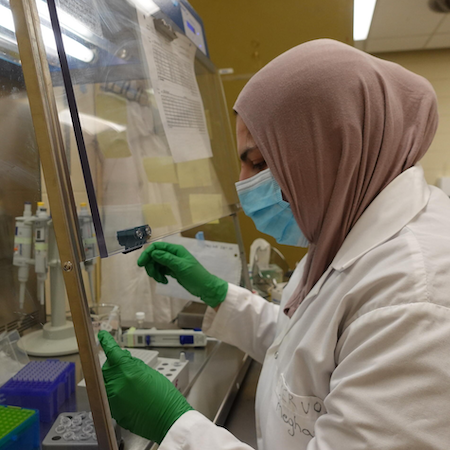
Wastewater-based epidemiology (WBE) has provided real-time information on the health of populations for decades. With the onset of the COVID-19 pandemic it was realized that this approach could be applied to independently monitor for the prevalence of the disease in our communities.
York Region was a leader and early adopter of the technology and facilitated development of the approach in Ontario and Canada. In the summer of 2020, a Wastewater Surveillance pilot project was established with the University of Waterloo to detect the presence and quantity of the SARS-CoV-2 virus (COVID-19 viral signal) in the wastewater. The project also linked closely with researchers at the University of Ottawa to support the method development and validation.
As the project evolved it became apparent that there was also a major need to provide an understanding of the prevalence and growth of variants of concern (VOCs) in communities. Working collaboratively with the University of Ottawa, the team applied methods to monitor for VOC in almost real time; initially Alpha, then Delta and Omicron (BA.1 and BA.2). This was reported directly to Public Health officials routinely for more than a year.
This project has an incredible impact on not only wastewater operations because of the knowledge and experience in sample collection, but the method development for COVID in wastewater allowed for more accurate case counts in York Region as compared to clinical test results. York Region is using its wastewater surveillance data to supplement clinical and public health data to better understand COVID-19 transmission across York Region and the prevalence of variants of concern.
Wastewater: York Region Machine Learning Project for Managing I&I

Inflow and Infiltration (I&I) happens when water, groundwater, and stormwater enter the wastewater system through sump pumps, downspouts, and/or through holes or cracks in the pipes. Excessive I&I, especially from rainfall, consumes sewer capacity and overloads the treatment system. Not only can this cause surcharges and overflow to the environment, it also increases a risk to public health.
Proactively managing I&I is critical to enhancing system resilience to climate change, freeing up capacity taken by non-sanitary water and reducing risks of overflows, and York Region looked to do just that by developing a machine learning model. By leveraging real-time data collected from York Region’s rainfall and sanitary flow monitoring network, which consists of 357 active flow monitors and 71 rainfall monitoring locations, along with historical rainfall data, the machine learning model is able to help York Region make better-informed decisions, support operational efforts, and minimize costly impacts to both residents and the environment. The first of its kind, this network is one of North America’s largest and most advanced, and is capable of effectively mapping hot spot I&I areas and forecasting how the system will react to rainfall events.
Education and Outreach: Water Movement
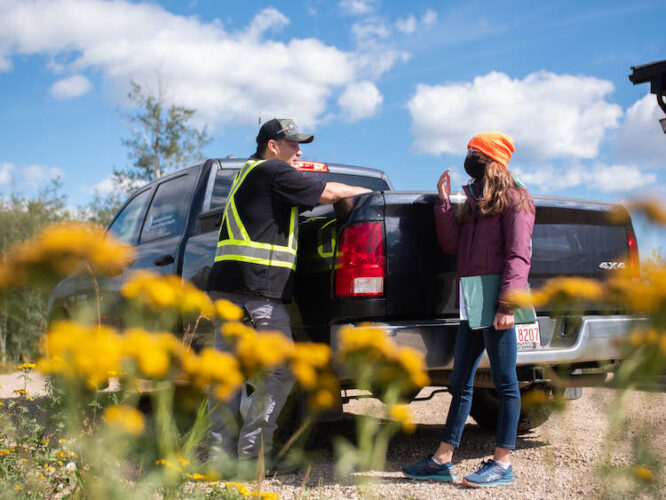
Indigenous water operators are critical in preventing drinking water advisories (DWAs) through their role in maintaining the integrity and reliability of their facility equipment and processes. Operators in Indigenous communities face more complex challenges than operators in non-Indigenous communities. The remoteness of many of their facilities translates to prolonged lead times on equipment parts and limited access to expert troubleshooting, as well as mentorship and collaboration opportunities. To combat this, Water Movement aims to provide a collaborative online space and a learning platform for Indigenous water operators.
With a collaboration zone where operators can troubleshoot, learn best maintenance practices, share important lessons learned, and ask questions, and a comprehensive video library that features easy-to-follow instructions demonstrated on site by Indigenous water treatment operators, Water Movement provides the resources to improve, optimize, and sustain equipment and processes, a leading cause of water advisories in Indigenous communities.
Water Movement also seeks to raise awareness amongst the next generation of water leaders, connecting Indigenous youth through lunch and learns, non-technical and technical workshops, and campaigns designed to educated students about water in Canada and careers in engineering and in the water sector.
Drinking Water: Halifax Water
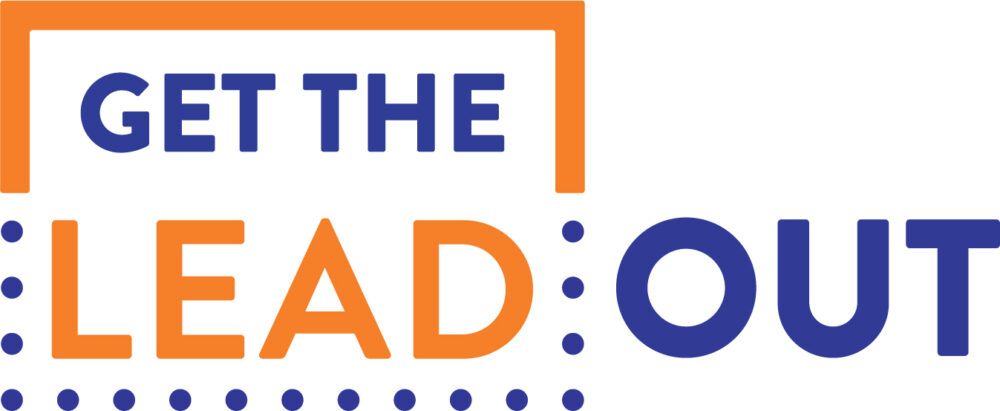
After discovering that homeowner rebates and discount programs weren’t effective ways to expediate the replacement of lead service lines, Halifax Water implemented Get the Lead Out, a program that aims to have all lead service lines removed by 2038. Approved by the Halifax Water Board and the Nova Scotia Utility and Review Board, the program was launched in March 2021 and is funded entirely by the utility’s water rates. The first of its kind in Canada, Get the Lead Out has greatly streamlined lead service line replacements in the municipality through strategic planning and improved organization. By coordinating replacements with the municipality on paving projects and through larger Halifax Water capital projects like water main renewal, cost sharing on reinstatement with the municipality can occur and the larger scale of the projects means a lower cost per replacement.
Individual replacements are also completed each year with priority given to customers who are most at-risk from lead exposure. To achieve lower unit replacement costs for this, individual replacements are batched together into larger projects.
Get the Lead Out also allows for the development of programs in the future to target replacement by density, public health risk, equal geographic representation, and point of sale, ensuring that by 2038, all lead service lines are removed from the system.
Water Resources: City of Guelph and AECOM Canada Ltd
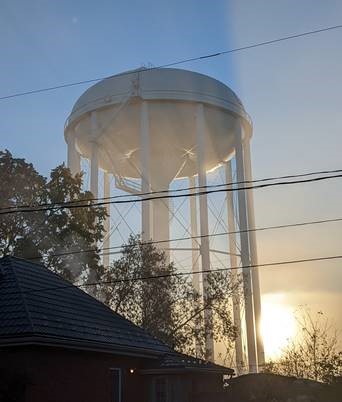
In 2007 the City of Guelph completed their first Water Supply Master Plan (WSMP) to ensure the long-term future of water supply resources for drinking water. As the City of Guelph is almost completely reliant on groundwater resources for its potable water supply, it was important for the City to consider how to ensure sustainable water takings to meet population growth. In 2014, the WSMP was updated, and in 2020 was updated again with the goal of developing a reliable and sustainable supply of water for both the current and future needs of Guelph’s inhabitants, in a safe and cost-effective matter that ensures environmental sustainability while meeting the growth targets provided by the Province of Ontario for 2051.
The study aimed to develop water supply alternatives which incorporated emphasis on water conservation and efficiency, water reuse, water loss controls, local sustainability, and optimizing the City’s existing resources. It also looked at innovative approaches to traditional assessments and systems like water loss, water efficiency, and conservation through science and traditional knowledge through extensive consultation with stakeholders and Indigenous communities.
Funded through the City of Guelph’s Water Utility Capital Budget, and building off the successes of the 2014 plan, the updated WSMP was able to support increased population growth with little change in overall water demand, while putting emphasis on conservation efficiency, demand management practices, restoration of groundwater off-line municipal wells, understanding of potential implementation of aquifer storage recovery systems and of development of new wells outside the city boundaries, while researching long-term projects such as the use of surface water.
Stormwater and Project of the Year: The Bear Street Redevelopment project

Installed in 2021, this $9.5 million reconstruction project, undertaken by the Town of Banff, aimed to create a pedestrian-first street in the heart of the town that also efficiently managed stormwater.
The entire street is designed with an offset centre swale draining to a trench drain, that also works as a high point to prevent ponding during major rainfall events or snowmelt. The trench drain slopes internally toward in-line catch basins that direct water into the top of soil cells via perforated pipe where the topsoil was left low to provide additional stormwater storage capacity for major events. The soil cells both mitigate stormwater and support tree growth in the downtown area, the system also provides a passive water source and sufficient uncompacted soil volumes. As part of a customized stormwater network the cells are able to filter and treat stormwater, eliminating 80-95 per cent of total suspended solids, before it is discharged into the Bow River. Further, sensors within the soil cells activate irrigation of the trees when needed, ensuring healthy plant growth and overall long-term effectiveness of the system.
This system offsets some of the requirements for water from the Town’s potable network for irrigation, and in turn the energy requirements to treat and deliver that water to the Bear Street irrigation.









